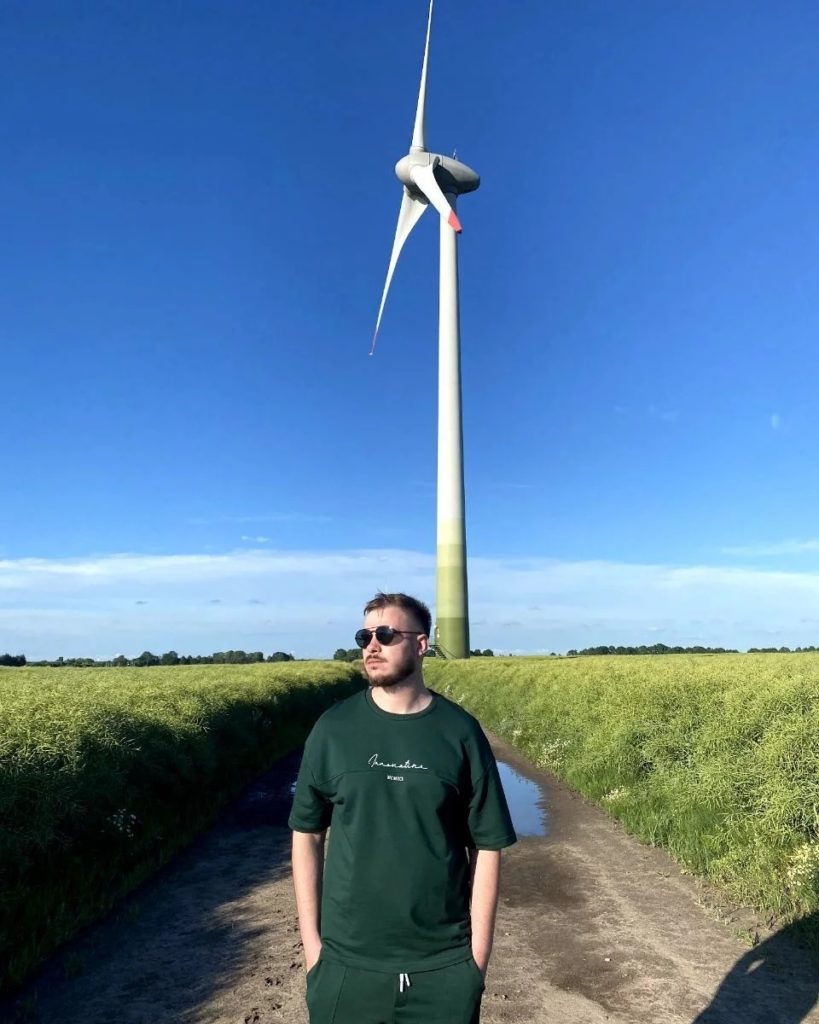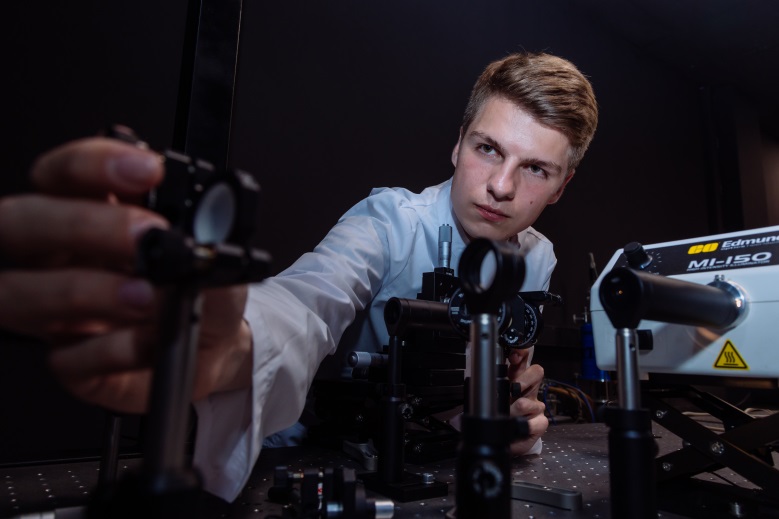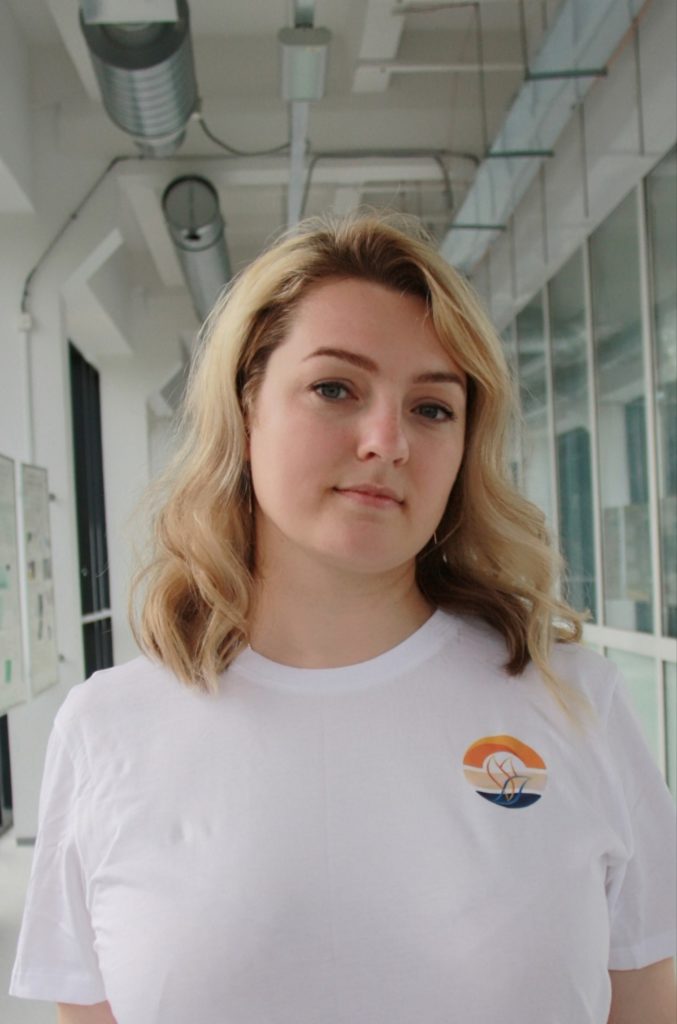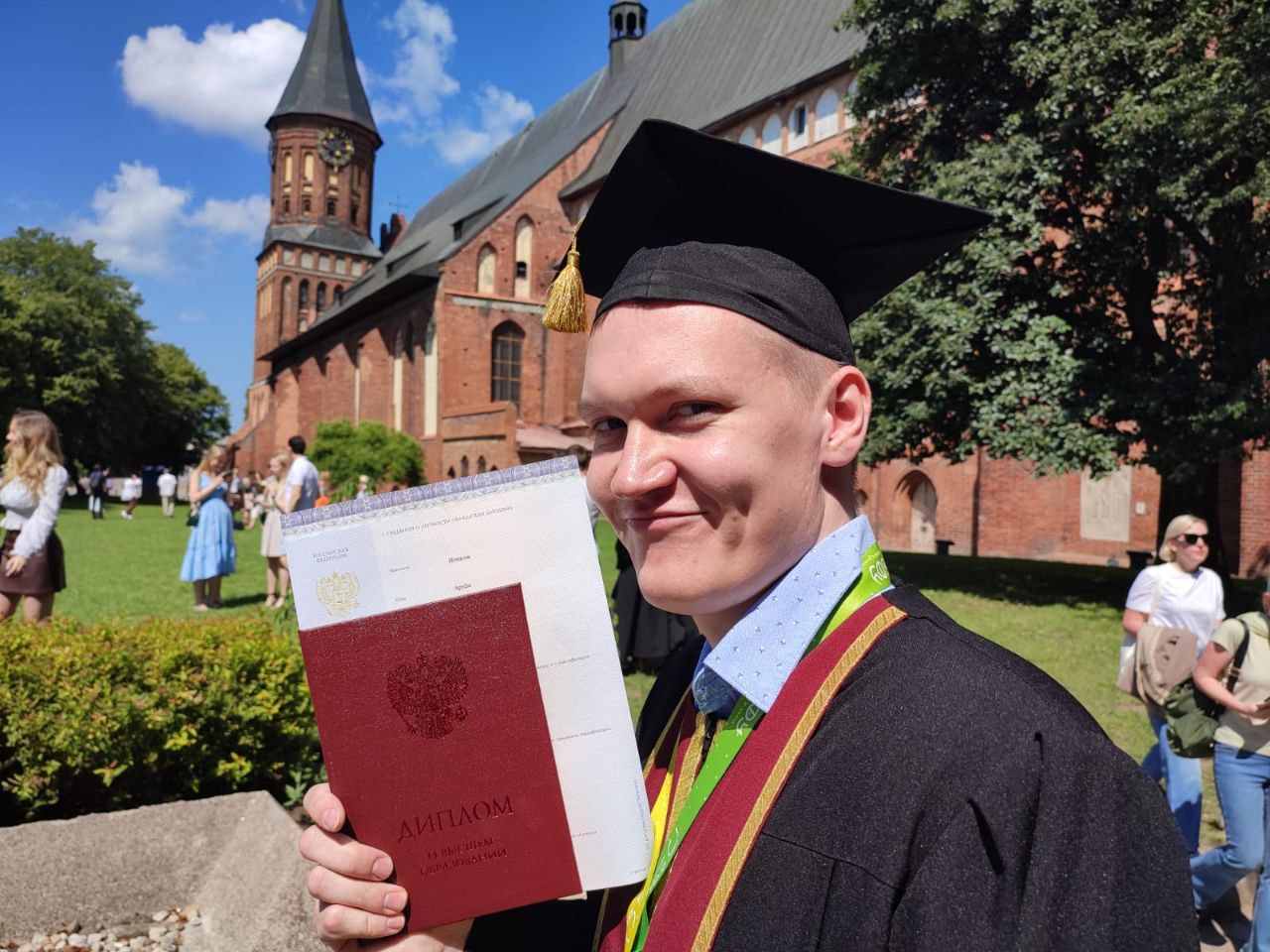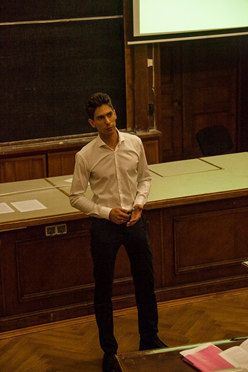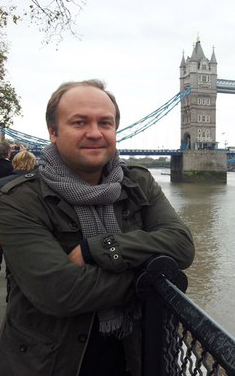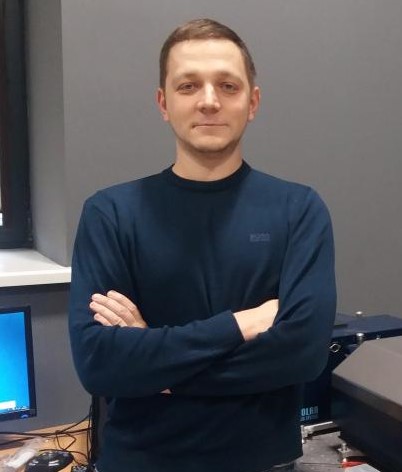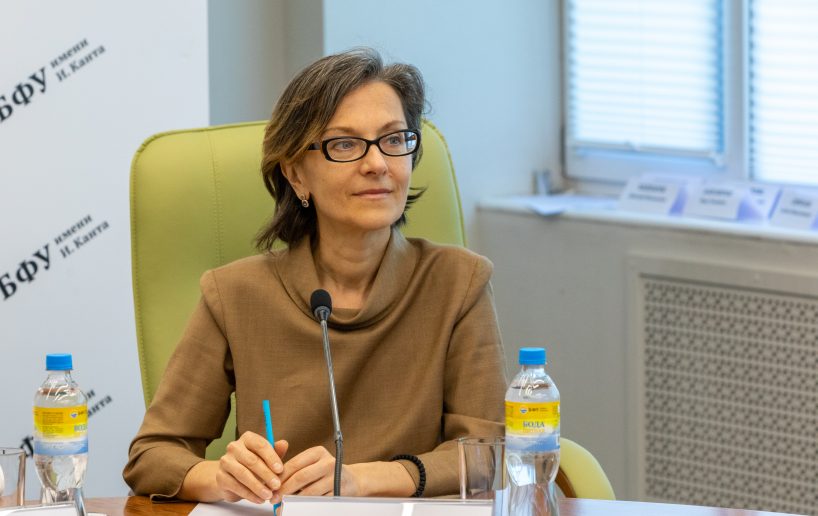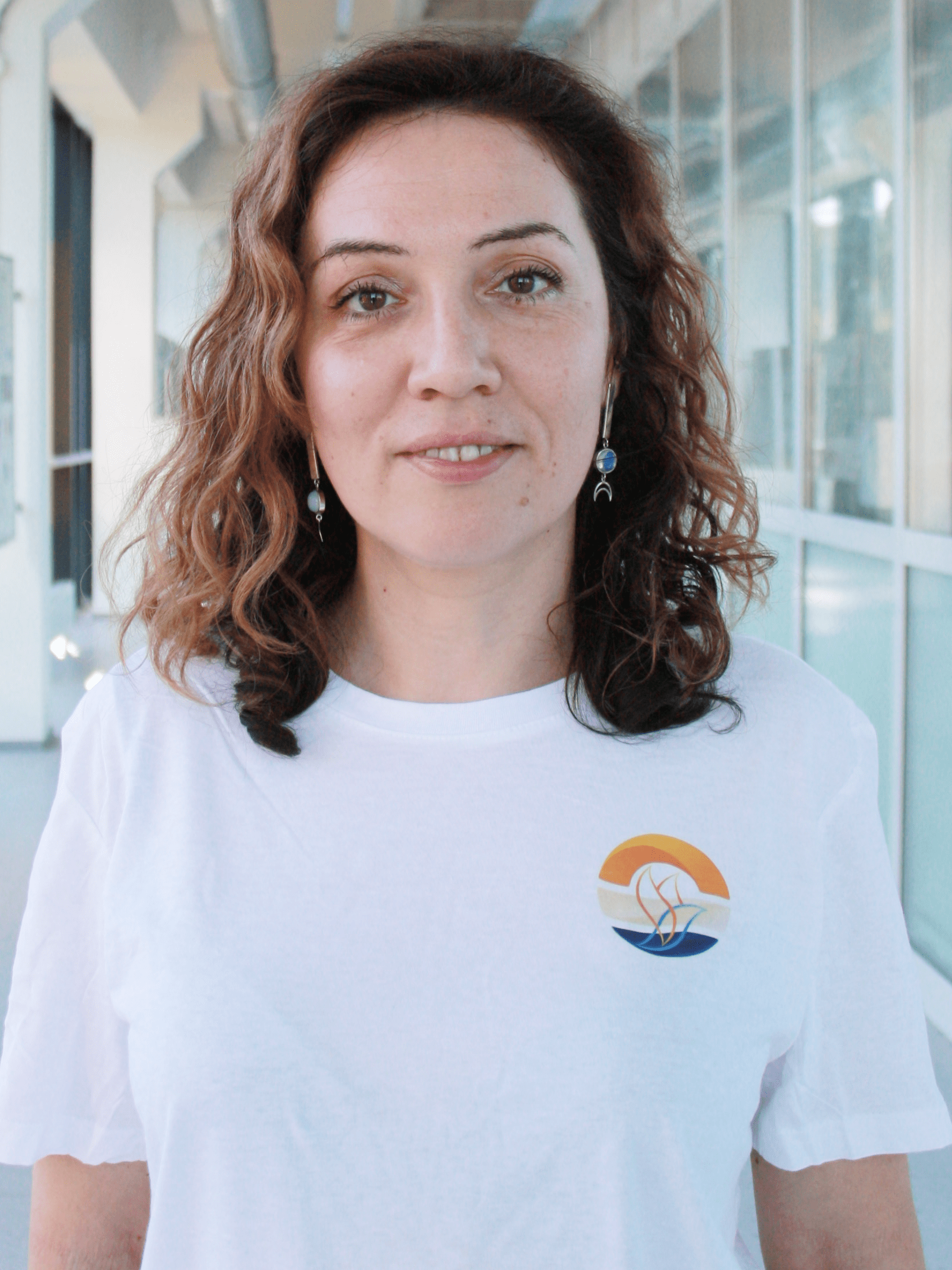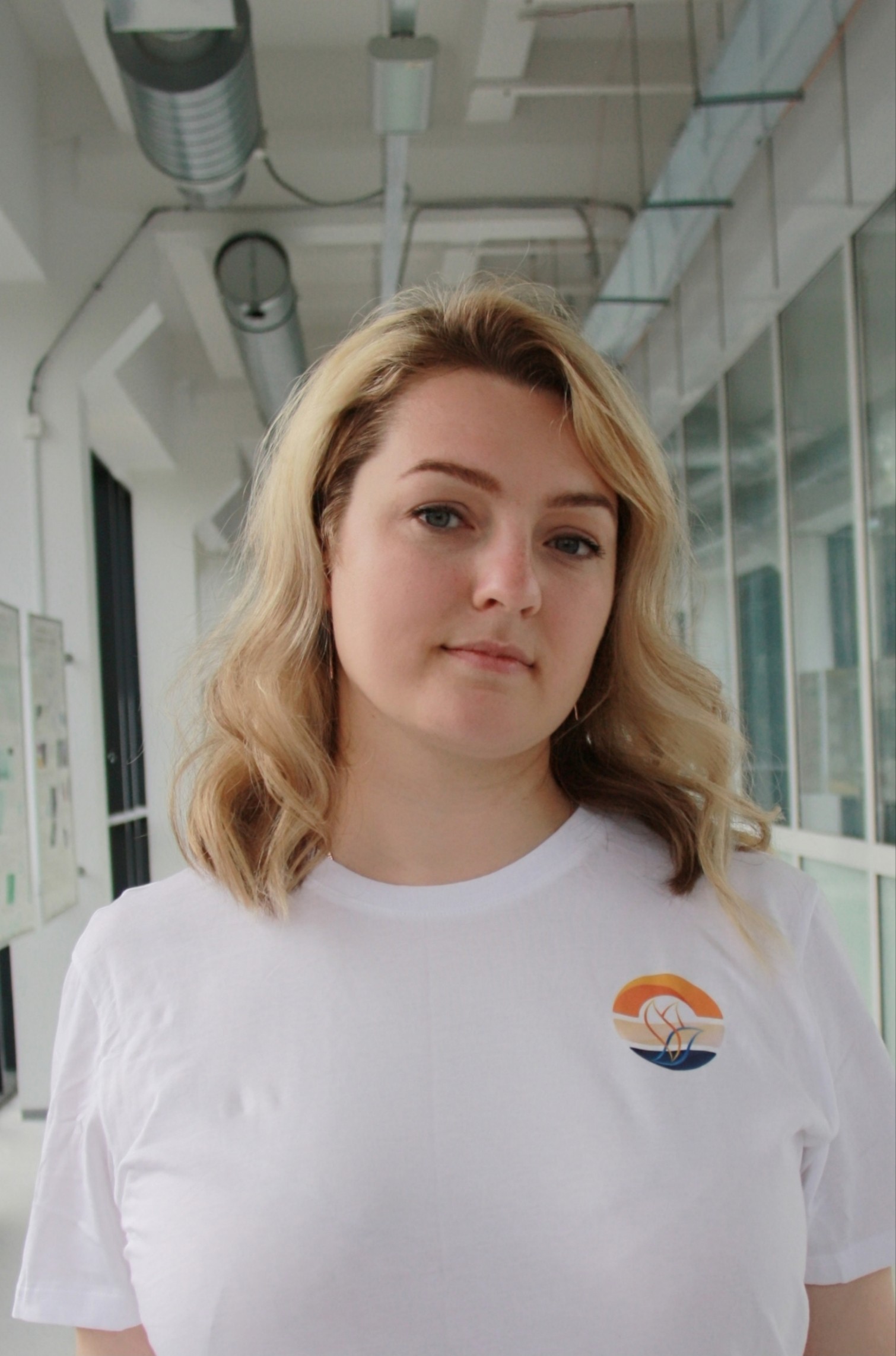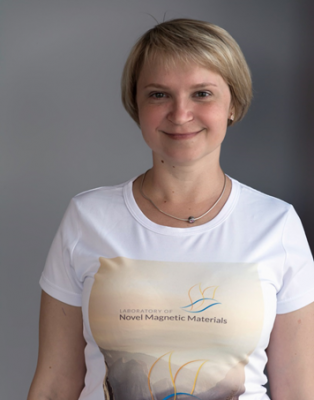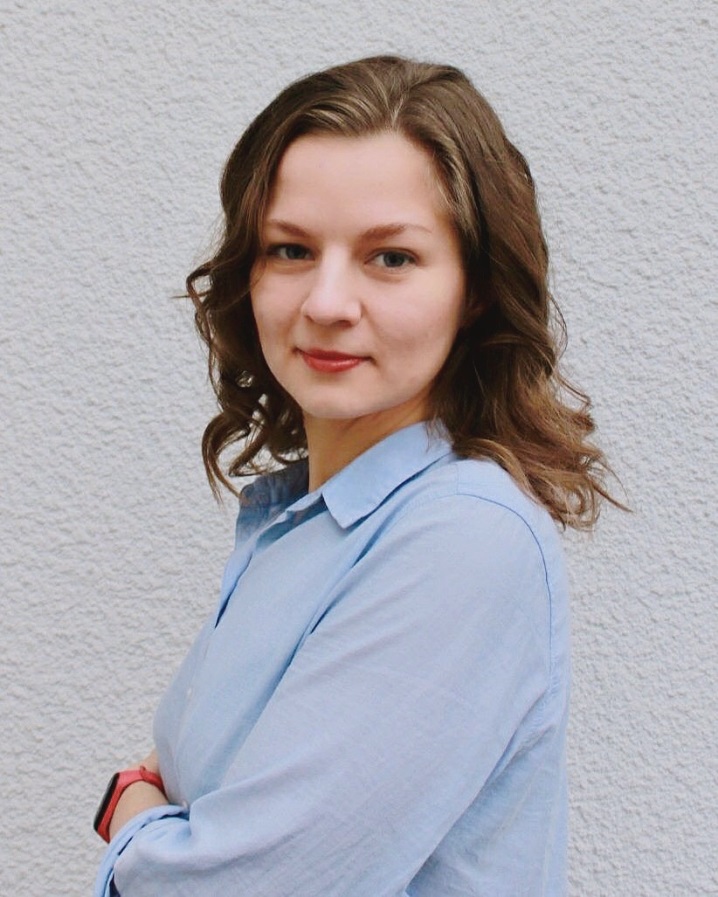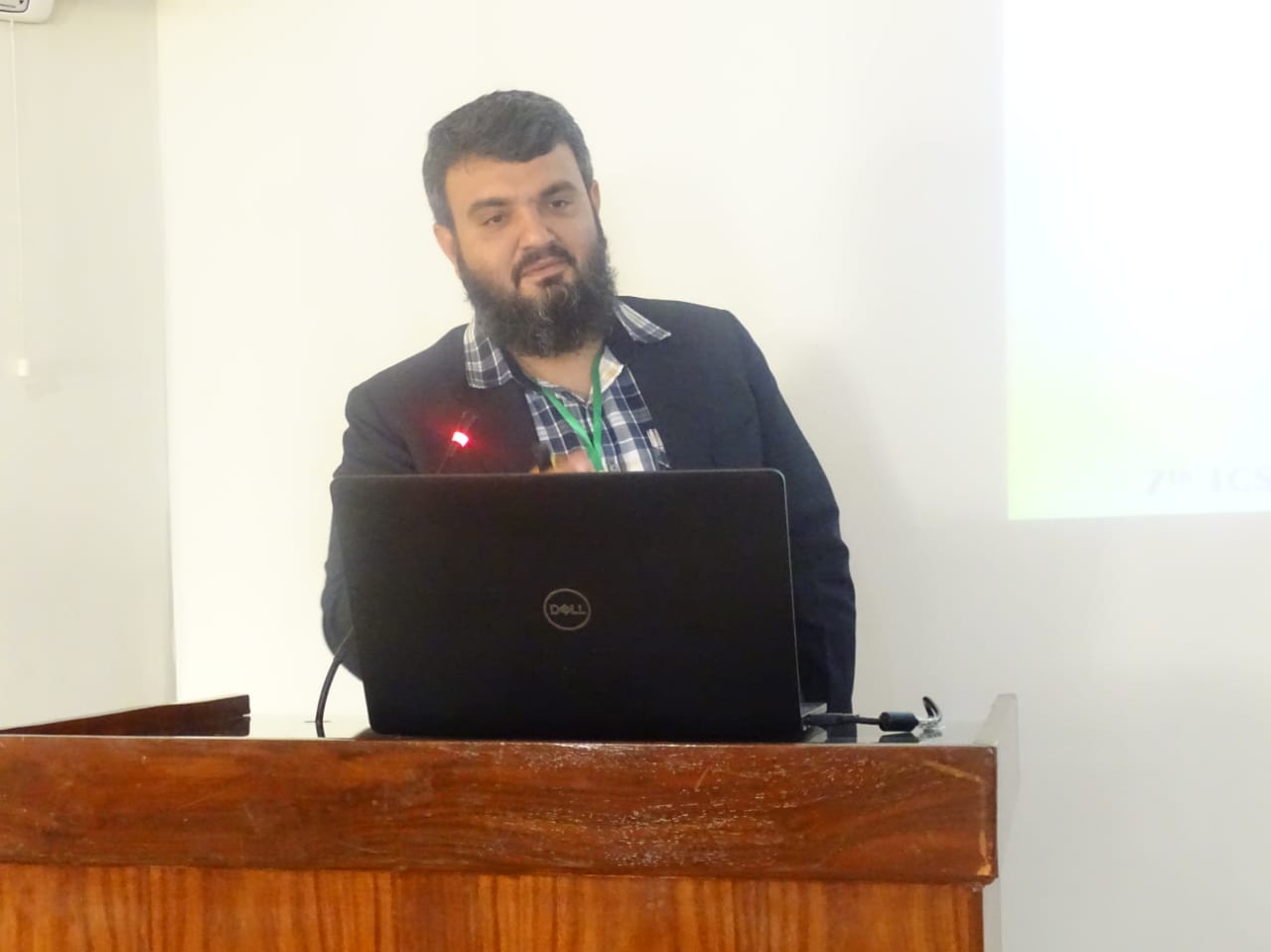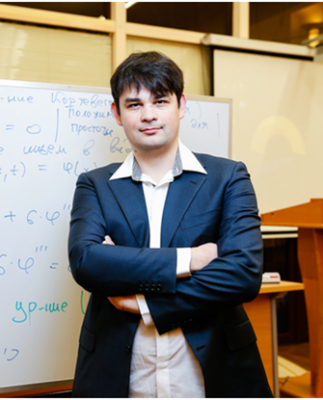
Date: 10-13 December, 2017
Phu Quoc, Vietnam
Invited talk:
Advances in nanotechnology gave rise to the growing interest in the study of methods of manipulation of micro and nano-objects. The main attention is focused on the following systems: optical tweezers [1], atomic force microscope [2] and magnetic tweezers [3, 4]. The main advantages of the magnetic tweezers are the low cost and simplicity of use. However, the range of their application is reduced due to shortcomings like, for example, the remanent induction of the core and interaction between ferromagnetic cores. We present the electromagnetic tweezers design that allows manipulating the magnetic particles by using the field gradients generated by electric currents flowing through the non-magnetic microwires. Arranging wires in different consistency and geometric shapes allows the controllable particle movement either in two or three dimensions. A system of planar microwires was fabricated and tested with various geometries (parallel and zigzag), dimensions in the range of 25-100 μm and chemical compositions (Al, Cu/SiO2, Au/Ti). Forces acting on the magnetic particles with the magnetic moment of 0.2-2*10-10 Аm2 at distances up to 1 mm had been experimentally measured. A working prototypes were built and used in several experiments. The electromagnetic tweezers were tested for cytotoxic effect on human adipose–derived multipotent mesenchymal stromal cells (hAMMSCs). Results will be presented and discussed. The maximum force exerted on the particles in the centre of the 2×2 mm2 working area was estimated to be in 3 – 30 pN range [5].
[1] M.D. Khokhlova, E.V. Lyubin, A.G. Zhdanov, S.Yu Rykova, I.A. Sokolova, A. A. Fedyanin, J. Biomed. Opt. 17 (2) (2012) 025001 1-5.
[2] J.L. Alonso, W.H. Goldmann, Life Sci. 72 (2003) 2553–2560.
[3] I. De Vlaminck, C. Dekker, Recent advances in magnetic tweezers, Annu. Rev. Biophys. 41 (2012) 453–472.
[4] J. Zlatanova, K. van Holde, Mol. Cell 24 (3) (2006) 317–329.
[5] V. Bessalova, N. Perov, V. Rodionova, New approaches in the design of magnetic tweezers-current magnetic tweezers, J. Magn. Magn. Mater. 415 (2016) 1–6.
Alexander Omelyanchik1, Valentina Bessalova2, Nikolai Perov2, Junjia Ding3, Sergi Lendinez3, Ekaterina Levada1, Valentine Novosad3 and Valeria Rodionova1
1 Center For Functionalized Magnetic Materials (FunMagMa), Immanuel Kant Baltic Federal University, Kaliningrad, 236041 Russia
2 Magnetism Department, Faculty of Physics, Lomonosov Moscow State University, Moscow, 119991 Russia
3 Materials Science Division, Argonne National Laboratory, Argonne, Illinois, 60439 USA
Correspondence to: asomelyanchik@kantiana.ru
Immanuel Kant Baltic Federal University,
Gaidara 6, Kaliningrad, 236022, Russia
Oral talks:
Nanocomposites of cobalt ferrite in silica matrix (CoFe2O4//SiO2) with low concentration of magnetic phase were synthesized by a sol-gel auto-combustion method involving metal nitrates, citric acid and tetraethoxysilane as precursors [1]. The particles size control was achieved by variation of NPs concentration in mesoporous silica matrix and annealing temperature. The value of effective magnetic anisotropy constant (Keff) increases with the decrease of particle size, being two times higher than the bulk value for ~3 nm particles. This can be ascribed to the increase of surface component of anisotropy. Moreover, we observed a strong increase of Keff for particles with same size but annealed at different temperature. This can be related to difference in cationic distribution, beyond the effect of particle size. In fact single ion anisotropy for Co2+ located tetrahedral sites is smaller compared to Co2+ in octahedral sites. This can induce an increase of magnetocrystalline anisotropy related to the orbital contribution in the 4T1 ground energy term.
[1] C. Cannas, A. Musinu, D. Peddis, G. Piccaluga, Chem. Mater. 2006, 18, 3835.
Alexander Omelyanchika, Maria Salvadorb, Carla Cannasc, Dino Fiorania,d, Anna Musinuc, Montserrat Rivasb, Valeria Rodionovaa, Gaspare Varvarod, Davide Peddisd
a Center for Functionalized Magnetic Materials (FunMagMa), Immanuel Kant Baltic Federal University, 236041, Kaliningrad, Russia
b Department of Physics, University of Oviedo, 33204, Gijón, Spain
c Dipartimento di Scienze Chimiche, UniVersita´, 09124, Via Ospedale 72, Cagliari, Italy
d Istituto di Struttura della Materia – CNR, CNR, 00016, Monterotondo Stazione, Roma, Italy
Correspondence to: asomelyanchik@kantiana.ru
Immanuel Kant Baltic Federal University,
Gaidara 6, Kaliningrad, 236022, Russia
Nowadays there are the numerous applications for using amorphous ferromagnetic microwires due to their small size and unique properties like extra-soft magnetic behavior or rectangular hysteresis loop. In the present work we consider the possibility to create a decoding system based on the array of Co-based nonbistablemicrowires contrary to the common decoding system based on magnetically bistable Fe-based microwires. The magnetization reversal in the single and in arrays of Co-based amorphous micro wires with different length was investigated using Vibrating Sample Magnetometer. Co-based microwire with diameter of 30 mkm was produced by quenching and drawing technique. The number of the wires composed arrays was varied from 1 to 5. The distance between the wires in the arrays was made equal to 0,1 or 2 diameters of microwire. The lengths of the array changed from 0.5 up to 2 cm. The hysteresis loop for single Co-based microwire with different lengths of 1-2 cm has a shape usual for the wire with circular anisotropy whereas the hysteresis loop for microwires arrays has step-like behaviour. It was found that the microwire length increase leads to changing the hysteresis loops near the saturation fields (see Figure] but keeps the coercivity. When the length was 1 cm and more, the magnetization of the arrays occurs one-by-one in consecutive order – the hysteresis loops have the step-like shape, the height of each step corresponds to one wire magnetic moment change. The width of the step depends on the inter-wires distance and their length.
Rodionova V.1,2, Perov N.1,3
1 Center for Functionalized Magnetic Materials (FunMagMa), Immanuel Kant Baltic Federal University, 236041, Kaliningrad, Russia
2 National University of Science and Technology “MISIS”, Moscow, 119049 Russia
3 Magnetism Department, Faculty of Physics, Lomonosov Moskow State University, Moscow, 119991 Russia
Correspondence to: valeriarodionova@gmail.com
Immanuel Kant Baltic Federal University,
Gaidara 6, Kaliningrad, 236022, Russia


